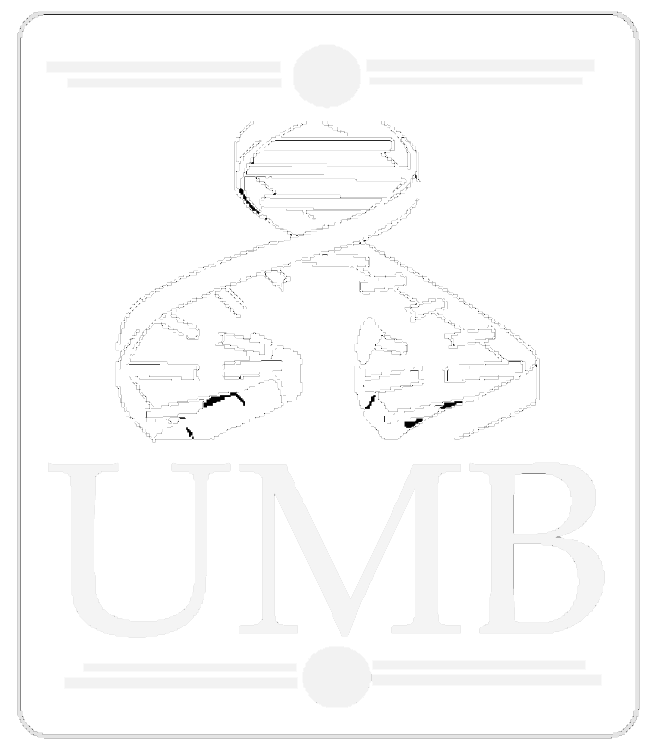The Max Perutz Labs are dedicated to a mechanistic understanding of fundamental biomedical processes. By analyzing and reconstituting complex biological systems across different scales, our scientists aim to link breakthroughs in basic research to advances in human health.
The Max Perutz Labs are a joint venture between the University of Vienna and the Medical University of Vienna that builds on the unique opportunities that arise from being embedded in the Vienna BioCenter Campus while having one of the largest hospitals in Europe, the Vienna General Hospital, on our doorstep. In visualizing haemoglobin, Max Perutz paved the way towards the era of precision medicine. To realize its full potential, precision medicine necessitates a molecular mechanistic approach.
The Max Perutz Labs Vienna were founded in 2005, named after the Viennese-born biochemist Max Ferdinand Perutz, who emigrated to England after graduating in Chemistry from the University of Vienna. In Cambridge, he helped to set up the Laboratory of Molecular Biology. He was awarded the Nobel prize in Chemistry together with John Kendrew in 1962, for their studies of the structures of globular proteins.
Kristina Djinović-Carugo Group - Structural Biology of the Cytoskeleton
The Question
Movement is vital to all living organisms, from the transport of cellular organelles to the movement of entire organisms. Sarcomeres are the smallest contractile units of striated skeletal and heart muscles. The Z-disc is the attachment region for adjacent sarcomeres and plays a pivotal role not only in sustaining muscle architecture but also in signalling, mechanosensing and mechanotransduction, and protein turnover and autophagy.
We are interested in the molecular mechanisms underlying the architecture and assembly of the Z-discs to address the questions: how are Z-disc proteins assembled in highly ordered, albeit plastic complex able to transmit force along myofibrils? What is the hierarchy and cooperativity of interactions in sarcomeric biogenesis? What is the role of PTMs and how disease mutations underlying (cardio)myopathies disrupt this finely tuned assembly?
Other research lines focus on studies of metallo-enzymes involved in protection from chemical and oxidative damage.
The Approach
In order to dissect the Z-disc structure and assembly at molecular level we are using a combination of biochemical, molecular biophysics and complementary structural biology methods on reconstituted complexes and their individual components. This blend of approaches depicts biochemical and biophysical properties of studied macromolecules and of their interactions, and gives structural information on different scales of resolution - from atomic and molecular to ultrastructural. These structural and functional data are in turn validated in vitro and in cellula, by structure informed structural, molecular and cell biophysics studies (the latter in collaboration). Finally, combining these diverse experimental data for integrative modelling to generate structural models of mini Z-disc assembles.
We are developing methods for results rectification, optimization of protein generation, and crystallization, and for analysis of intrinsically disordered proteins with solution scattering.




